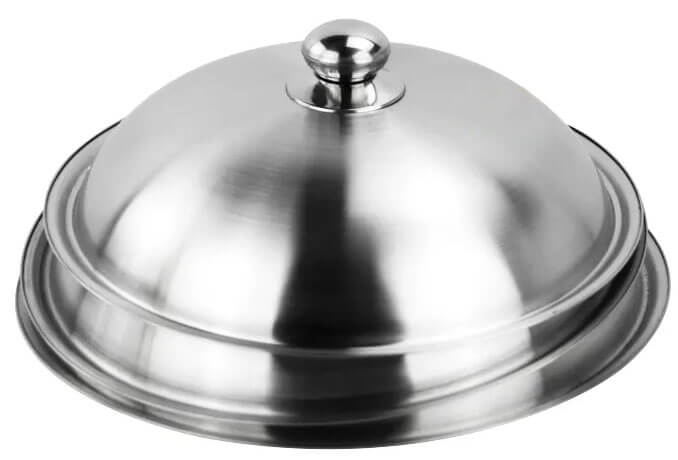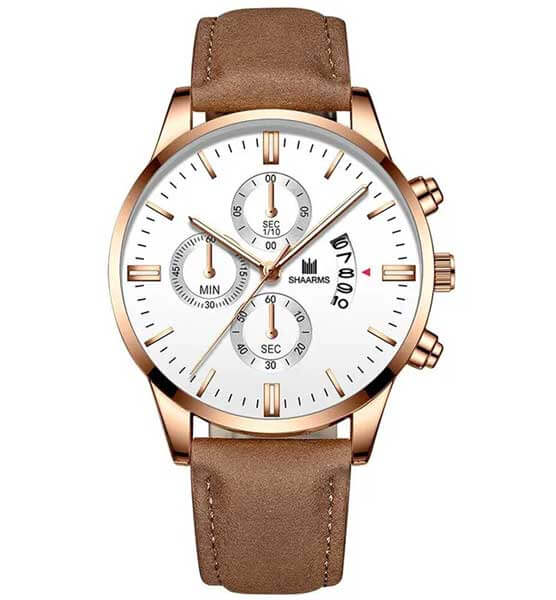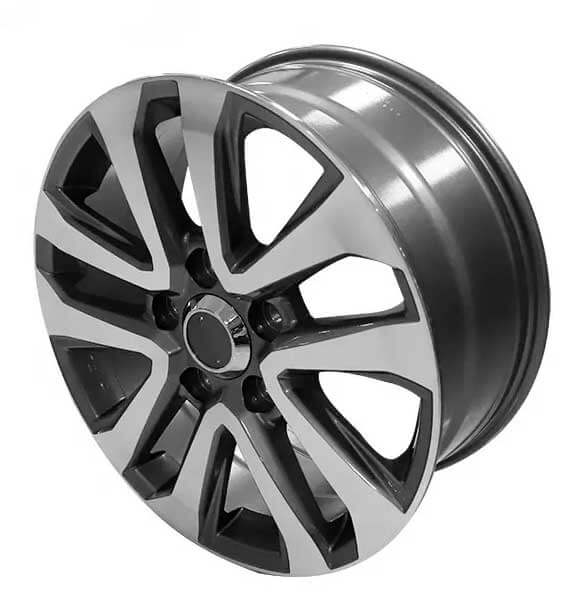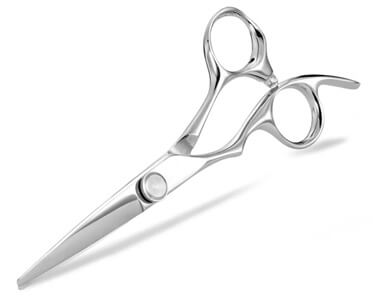When you want to make metal products, die casting is always needed. But some of you may not be very clear about,
In this post, I will objectively analyze these questions.
What is die casting?
Die casting is a manufacturing technique that injects molten metals or alloys into molds to get metal parts. Common examples are electrical parts and auto parts. They all feature high precision and accuracy, excellent surface finish, and good durability. These are the advantages of die casting. Meanwhile, it is highly efficient and suitable for quickly mass-producing identical parts with high demands and complex structures.
Process
Die casting first requires a mold, which is generally made of steel or other high-strength alloy materials. Once the mold is created, it‘s loaded into the casting machine. And then the process begins. It is to melt the raw metal materials first, then use pressure to inject it into the mold and cool it into shapes. Then, the final products are ejected.
Materials used
The main materials used for die casting are copper, aluminum, zinc, magnesium, and their alloys. Different chemical elements can also be added to the molten metal to achieve your desired function.
5 types of die casting and their applications in daily products
According to different working principles, the die-casting process mainly has the following 5 common types.
Hot chamber process
The hot chamber process is sometimes known as the gooseneck casting process. It needs to heat metal to a liquid state, then inject the molten metal into a mold through high pressure to form a shape. The whole casting process, like melting, and injection, happens in a closed casting machine.
Here is a video about how to manufacture an auto part by hot chamber process.
This technique is suitable for metals with low melting points, such as zinc, lead, tin, etc., and produces minimum wastage.
It is widely applied in many industries, including the auto industry and jewelry industry, like brooches, earrings, necklaces, etc. Other applications for daily products include zippers, faucets, keychains, tie clips, etc.

Cold chamber process
The cold chamber process is similar to the hot chamber process. The difference is that it melts the metal in a separate furnace and then transfers it to the cold chamber machine for die casting. This technique is often used for processing metals with high melting points such as aluminum, copper, magnesium, etc. So it requires higher pressure and temperature than the hot chamber process, and also poses higher demand for equipment and costs.
Cold chamber processes can be used to produce thin-walled and thick-walled products with high density and strength, widely applied in hardware accessories, such as door handles, lock cylinders, lamp holders, pot lids, etc.

Vacuum casting
Vacuum die casting is to evacuate the air inside the machine first, then inject molten metal, and use the pressure difference for die casting. This process can produce metal parts with high density, no porosity, and bubbles.
Some products with high requirements for material strength and quality, such as aerospace and medical equipment, will use vacuum die casting. Daily products that use this technique include watch dials, keyboards, camera casings, metal sculptures, etc.
The most common materials for vacuum die casting are aluminum alloy, magnesium alloy, copper, and so on. Because this process requires relatively high precision, the sealing structure of the machine used is complex, the costs are also higher. In addition, it requires experienced personnel to operate. If not properly controlled, the quality of the finished product may not be very good.

Low-pressure casting
Low-pressure casting is a process in which molten metal is filled from bottom to top into a cavity under low pressure, and then the casting is obtained by solidification and cooling. This process allows for the adjustment of the pressure and speed during pouring, making the filling of the metal more stable and resulting in a higher qualified rate of castings compared to other casting methods.
In addition, low-pressure casting equipment is simple, easy to operate, and cost-effective. However, its disadvantage is that the production efficiency is lower than that of high-pressure casting, and the casting cycle is also longer.
Low-pressure die casting can be used with a variety of materials, including aluminum, magnesium, and brass. It can be applied to make castings of different wall thicknesses, sizes, and shapes, especially symmetrical parts such as wheels and barrels. The common low-pressure die-casting products in our daily lives include car hubs, washing machine drums, air conditioner shells, bicycle frames, etc.

Squeeze casting
Squeeze casting, also known as liquid forging, combines the advantages of die casting and forging. The finished products feature high density, low porosity, and high dimensional accuracy. They also can further improve mechanical properties through heat treatment. Common squeeze castings include automotive seat frames, computer casings, railings, scissors, etc.
Squeeze casting is suitable for a wide range of materials, such as aluminum alloy, zinc alloy, copper alloy, etc. The disadvantage of this process is that the equipment cost and maintenance costs are relatively high.

As a leading sourcing company in China, Jingsourcing has helped lots of clients source metal products that are produced by different die-casting techniques. Each process has its own advantages and applicable products. You should decide on the best solution for your project. Or you can tell us your ideas, then our experienced agent will offer you professional suggestions, saving you time and money.
